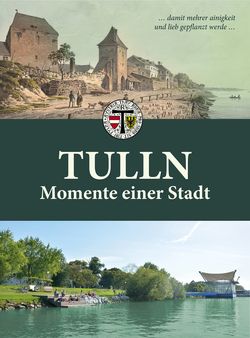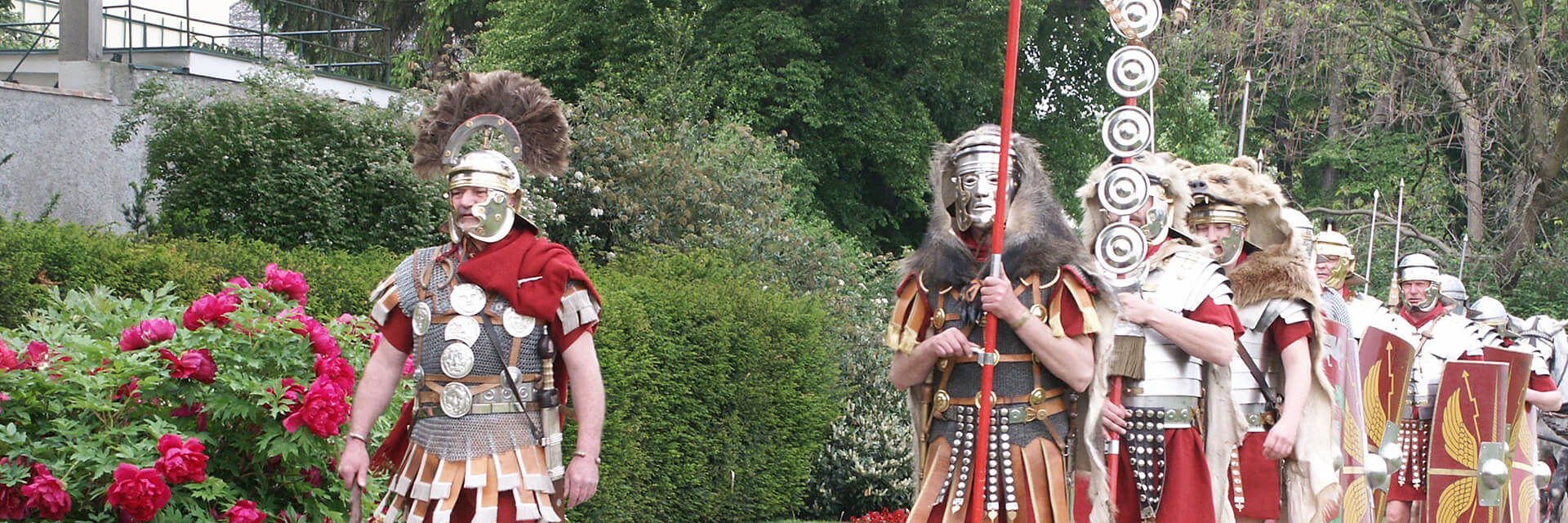Tulln's eventful history
20 centuries of Tulln
Winter in the 1st century AD: Roman troops are stationed along the Danube. Armed horsemen control the northern border wall of the Roman Empire. High time to build a defensive structure to provide protection. The right place is soon found. Fort Comagena rises from the ground. And with it the first foundation walls of Tulln. A city with 2000 years of history.
The fact that Tulln is one of the oldest towns in Austria is due to its exposed location directly on the banks of the Danube. Even the Romans saw this as a clear advantage:
Until the 4th century, the cavalry troops stationed at Fort Comagena protected the Noric Limes, controlled the militarily significant ford and monitored the fertile Tullnerfeld. From late antiquity, Comagena was even a naval base for the Danube fleet. In the last years of Roman rule, there are also reports of a visit by St. Severin and the miraculous rescue of the city from the barbarians.
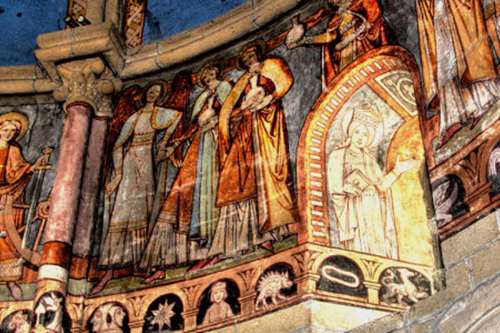
Moving the world
Tulln is mentioned as an urban settlement as early as 791. In 985/991, the nobles of the young market county met here, thereby giving birth to Austria. The county and court days were also held in Tulln for centuries.
From the 11th century onwards, Tulln once again became the center of world events at the time. The Babenberg dynasty made the town its residence. Tulln flourished as a trading center and was even mentioned in the Song of the Nibelungs, which was written around the year 1200. It sings of the meeting of the Hun king Etzel with Kriemhild, Siegfried's widow, in Tulln. From here, the couple traveled together to their wedding in Vienna. From the 14th century onwards, Turkish invasions, floods and the Thirty Years' War took their toll on the town. It was not until the construction of the Franz Josef Railway and a bridge over the Danube in the 1870s that Tulln experienced a new upswing.
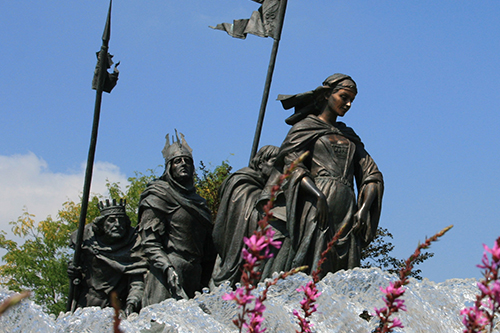
Full of memories
From the past centuries, Tulln has saved numerous witnesses of great times into the present - from the Romanesque charnel house at the parish church to the intact ensemble of Gothic and Baroque houses in the city center.
The town owes this intactness not least to the sense of tradition and civic spirit of its inhabitants, who actively participate in new projects and at the same time work to preserve the tried and tested. For example, Tulln's "living room", the newly designed, historic main square, presents itself as an exciting mix of tradition and modernity.
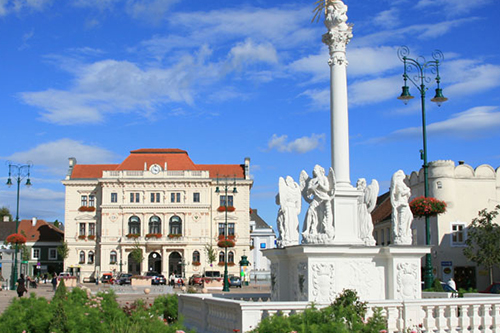
Historical development of the city
1st century
Foundation of the Roman fort "Comagenis"
5th century
Decay of the fort
9th century
Resettlement, first mention of Tulln: "Tullina", 859
12th/13th century
Danube trade; provincial assemblies since 1081; parish founded in 1014; provincial judges; town expansion and wall construction; town charter 1270; Romanesque parish church 1170; charnel house 1250; convent 1290.
14th century
Fairgrounds, Gothicization of the parish church
From the 15th century
Decline to a small farming town due to the relocation of trade routes; threat from the Turks in 1529; loss of importance due to floods, fires, loss of population and debt. 1683 Assembly point of the relief army for Vienna
19th century
Population growth (1800: 1,500 inhabitants, 1900: 4,000 inhabitants); demolition of the town walls from 1861 and expansion of the town. At the end of the century, Tulln became the center of the up-and-coming Tullnerfeld region, which was still dominated by agriculture, with local trade and commerce
20th century
Start of industrialization with the sugar factory in 1936; first higher education institution (grammar school in 1932). The Second World War claimed many victims, including 87 civilian casualties in the bombing raid on December 11, 1944, which was also the greatest destruction in the town's history. On April 8, 1945, the Danube bridge was blown up and the city was occupied by the Red Army. The Russians withdrew on June 13, 1955.
1986
Application for the function of the nö. Subsequently, numerous provincial capital functions were obtained: Agriculture, trade fairs, Red Cross, fire department, civil defense and disaster control
Book tip
Tulln - Moments of a town
Tulln was granted town charter in 1270, making it one of the oldest towns in Austria. The book commissioned by the municipality of Tulln, published in 2021, "TULLN - Momente einer Stadt" (TULLN - Moments of a City) takes an in-depth yet entertaining look at this long and eventful history.
496 pages
Format: 17 x 23 cm
Price: 34.90 euros
Available from Tulln Town Hall, Tulln City Museum, the "Donausplash" sports and family pool, Tulln City Library, Kral Verlag and bookshops.
Book presentation on YouTube
Tulln as a guest: Dr. Johannes Ramharter about the book on YouTube
